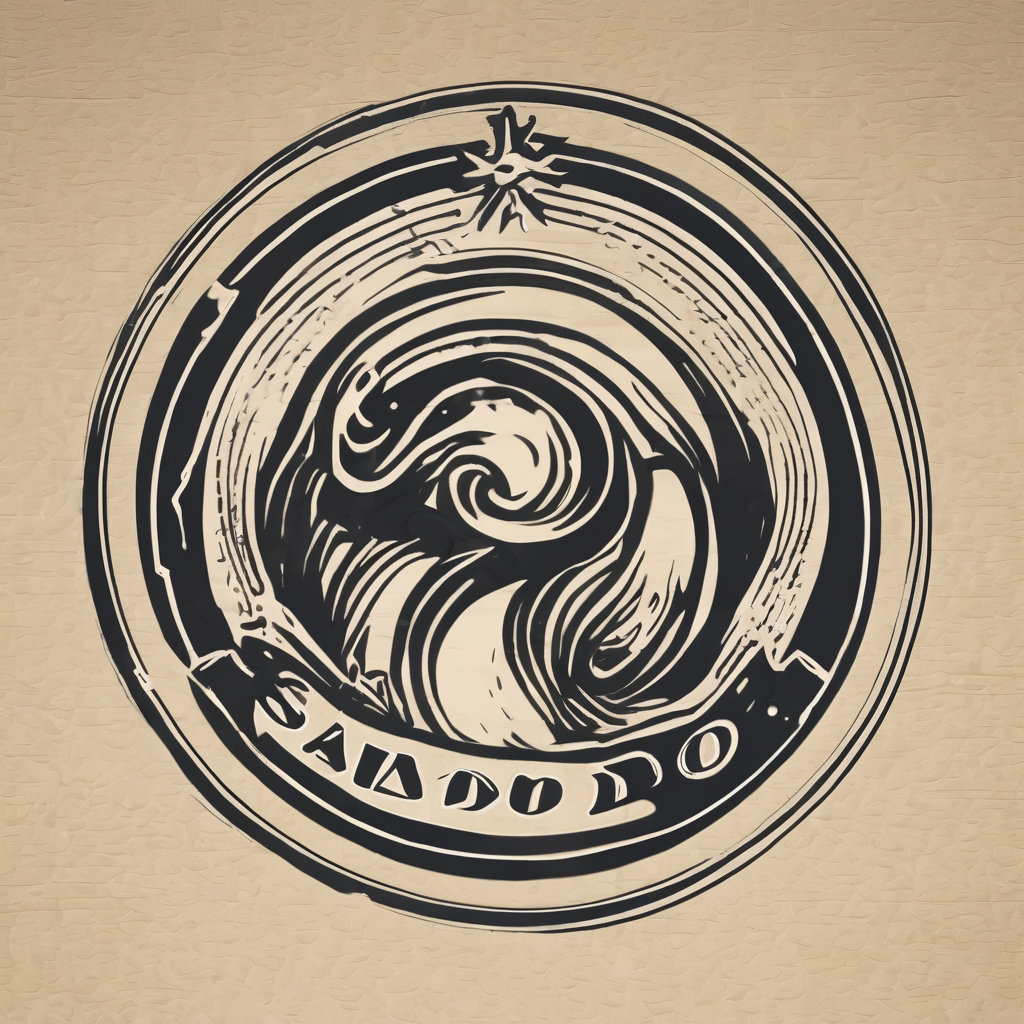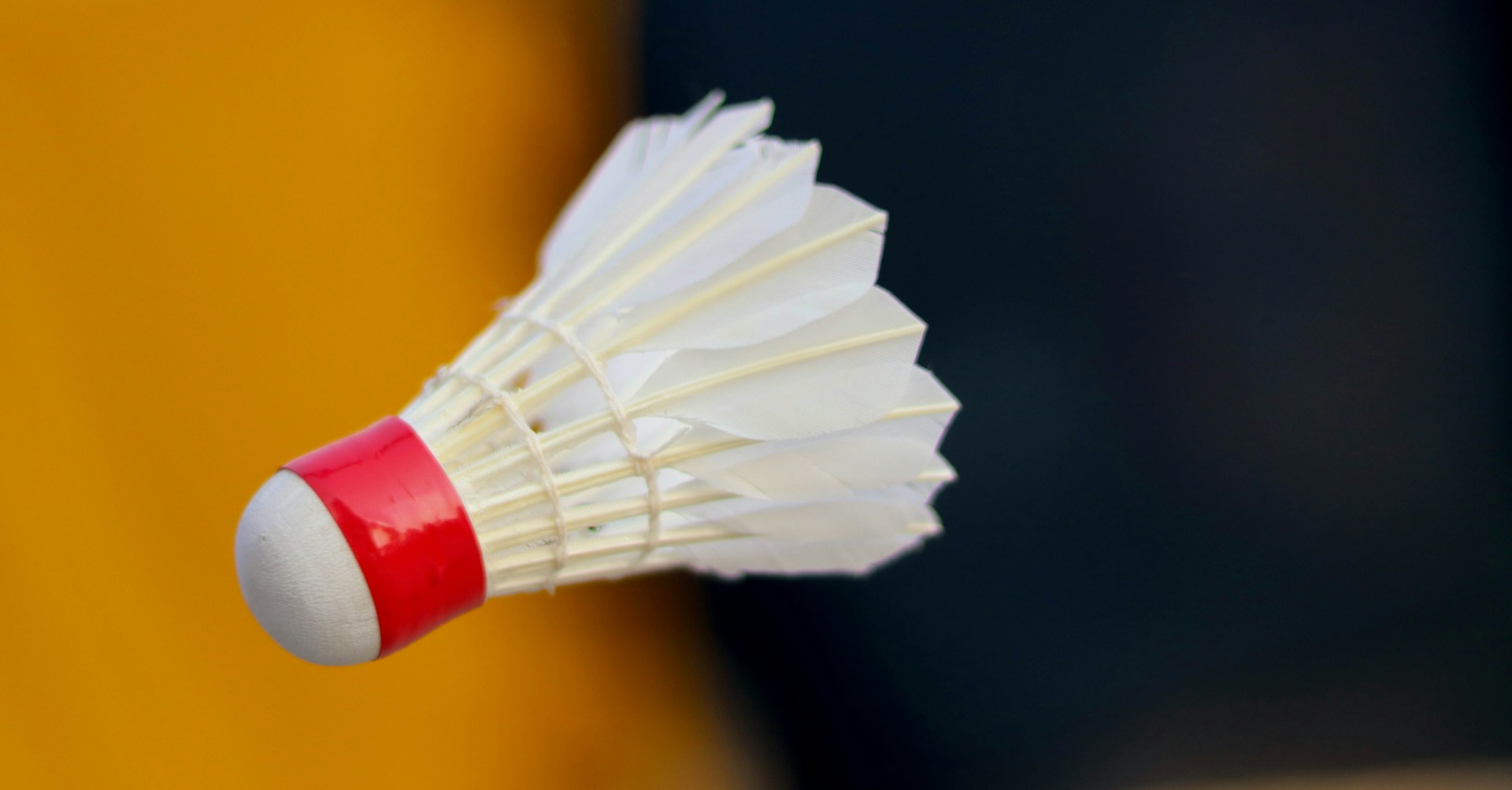Badminton, a fast-paced and intricate sport, demands agility, speed, and an exceptional reaction time from its players. Swift footwork and sharp anticipation can turn the tide of any match, making them vital skills for any player. This article aims to explore how badminton players can enhance their reaction time to fast shuttles, taking a look at the importance of reaction time, the role of training, and the strategies and exercises that players can use to improve their game.
The importance of good reaction time in badminton
In the high-speed game of badminton, time is not a luxury players can afford. A quick response to the flying shuttle may mean the difference between a winning point and a lost one. Reaction time is the interval between the presentation of the shuttle by the opponent and the commencement of the player’s response.
This might interest you : What dietary strategies can help reduce inflammation in long-distance runners?
Studies show that faster reaction times provide an edge in badminton. From the moment the opponent hits the shuttle, the player has less than a second to react, plan, and execute their return. This requires an impressive combination of speed, agility, and decision-making, all packed into a few split seconds.
Improving reaction time is not merely about physical speed. It also involves mental agility – a player’s ability to anticipate an opponent’s moves and make the right decisions under pressure. Hence, training programs must also target mental agility alongside physical speed.
This might interest you : How can petanque players improve their precision and control under competitive stress?
Training for better reaction time
Badminton players often turn to specialized training methods to enhance their reaction time. These training programs are usually a mix of on-court and off-court exercises, designed to improve overall agility, speed, and decision-making skills.
On-court training drills focus on footwork, speed, and shuttle control. These drills mimic match scenarios, so players learn to react to different situations on the court. Shuttle run drills, for instance, force players to run fast while maintaining control of the shuttle. This not only enhances physical speed but also promotes better decision-making under pressure.
Off-court training, on the other hand, tends to target mental agility and decision-making skills. Studies have shown that mental training can significantly improve reaction times in sports. Activities like watching and analyzing match videos, practicing mindfulness, and engaging in cognitive exercises can help players sharpen their mental agility.
While these training programs can be intensive, they are crucial for players who want to keep improving. Remember, regular practice is key in seeing improvements in your reaction time.
Playing to the rhythm of the shuttle
Developing a rhythm in play can significantly enhance reaction times. Top players understand the ebb and flow of the game and use it to their advantage. They know when to slow down the game, when to speed up, and how to maintain tempo throughout the match.
Playing to the rhythm of the shuttle essentially means understanding the trajectory and speed of the shuttle at any given point in the match. This knowledge enables players to anticipate where the shuttle will land and how they should position themselves for an optimal return.
Badminton scholars have often highlighted the importance of rhythm in the game. A study found that players who could read the rhythm of the shuttle had significantly better reaction times than those who couldn’t. Clearly, understanding and playing to the rhythm of the shuttle is a skill that can significantly enhance a player’s reaction time.
Exercises to improve reaction times
Specific exercises can also help improve reaction times. These exercises can be incorporated into a player’s regular training routine, and they target both physical speed and mental agility.
Physical exercises like plyometric drills, agility ladders, and speed training can enhance a player’s speed and footwork. These exercises not only improve physical agility but also promote better coordination and balance, all of which contribute to faster reaction times.
On the mental front, exercises like mindfulness meditation and cognitive training can help. Mindfulness meditation improves focus and reduces stress, while cognitive training exercises like puzzles and strategy games can sharpen decision-making skills.
Lastly, incorporating sport-specific drills into your routine can also be beneficial. These drills emulate game situations, helping players react quicker to different scenarios on the court. They can be as simple as a coach firing shuttles at different speeds and directions, forcing players to adapt quickly and make rapid decisions.
Studying opponents for better anticipation
Studying your opponents is another excellent strategy to improve reaction times. Understanding an opponent’s playing style, strengths, and weaknesses can help you anticipate their moves and react faster.
Before a match, spend time analyzing your opponent’s past games. Look for patterns in their play – do they favor a particular shot? Do they have a tell that gives away their next move? Keeping these observations in mind during the game can give you the upper hand, allowing you to predict and react to their moves swiftly.
While studying an opponent takes time and effort, it’s a strategy that can greatly improve your game. Knowledge is power, and in this case, it’s the power to react faster and stay one step ahead of your opponent.
Using Technology for Enhanced Reaction Time
With advancements in technology, new tools have emerged to help badminton players enhance their reaction time. These can range from wearable devices that track and analyze player movement to virtual reality systems that simulate real game scenarios.
Wearable technology, such as fitness trackers and smartwatches, now come equipped with features that can measure a player’s speed, agility, and reaction time. These devices can give players real-time feedback on their performance, helping them fine-tune their training routines to target specific skills.
Virtual reality (VR) systems, on the other hand, offer a more immersive training experience. VR systems can simulate real game scenarios, forcing players to react as they would in an actual match. These tools allow badminton players to practice their reaction times in a controlled environment, making them excellent training aids.
For instance, the use of VR in badminton training has been studied in a Google Scholar article. The research revealed that players who trained using VR had a notably improved reaction time compared to those who didn’t.
Moreover, AI-powered apps have also been developed to help players study their opponents and strategize their game plan. These apps analyze past matches and predict opponent’s strategies, helping players anticipate their moves and react faster.
Incorporating these technologies into your training routine can give you the extra edge you need. However, remember to balance technology-based training with traditional on-court practice.
Conclusion: Harmonizing Physical and Mental Speed
In conclusion, enhancing your reaction time in badminton is a complex process that involves a harmony of physical speed and mental agility. It is not a trait that can be improved overnight but requires consistent practice and strategy.
On-court training drills, off-court mental exercises, understanding the rhythm of the shuttle, studying opponents, and utilizing technology are all crucial elements in the quest to improve reaction times. Each of these components complements the other and plays a vital role in shaping a well-rounded badminton player.
While it may seem daunting to juggle all these practices, remember that the journey to becoming a better player is a marathon, not a sprint. It’s crucial to stay patient, keep practicing, and gradually incorporate these strategies into your routine.
Remember, the ultimate goal should not only be to hit the shuttle faster but also to outthink and outsmart your opponent. As you continue to play badminton, you’ll realize that having a quicker reaction time is not just about physical speed, but also about making the right decisions under pressure and anticipating your opponent’s moves.
Stay consistent with your training, stay focused on your goals, and over time, you will see your reaction times improve and your overall badminton game advance to new levels.






